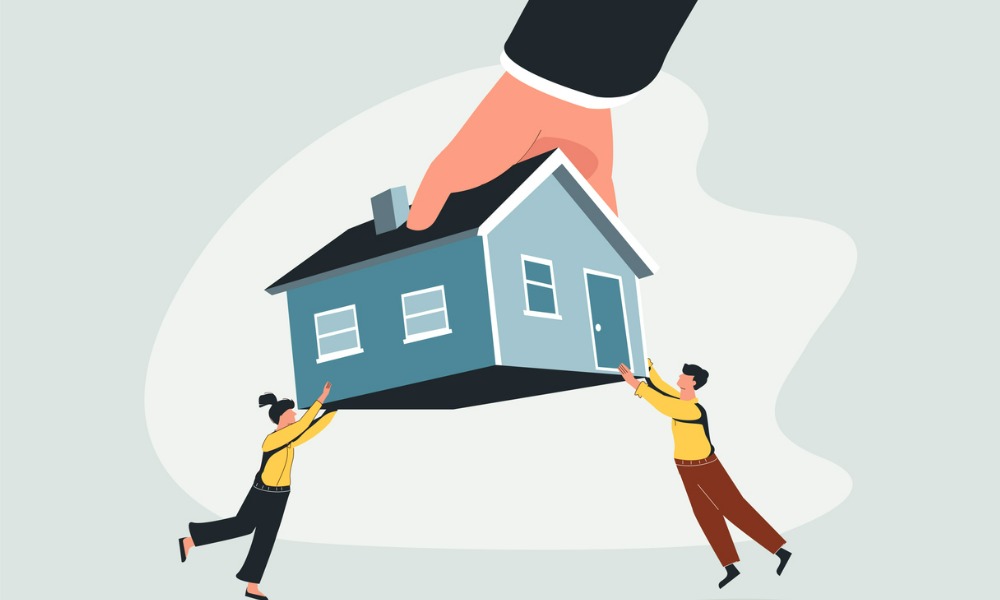Statistic raises concern among welfare groups

Renters in New South Wales are facing the toughest conditions in over 20 years, as new data from Suburbtrends reveals that households in the state are spending more than 35% of their weekly income on rent.
This statistic has raised concerns among welfare groups, who consider a household to be in rental stress when more than 30% of its income is allocated to rent, according to a report from NCA Newswire.
According to Kent Lardner, founder of Suburbtrends, people from all walks of life are experiencing rental strain simultaneously, making the situation particularly challenging.
“Obviously the hardest areas being hit, specifically in Sydney, is around the southwest of Sydney,” Lardner told NCA Newswire. “A lot of that relates to household incomes being lower, so they’re going to be spending a higher proportion of income on rent.”
While rent prices are on the rise, vacancy rates remain stagnant. Lardner described this phenomenon as the top end of the market filtering down to the next tier.
“It cascades down, and the squeeze ends up on the lower rungs and effectively the people at the bottom with the lowest incomes have nowhere to go,” he told NCA Newswire. “Some of these people are spending 30 to 40% of that allocated weekly household income allocated to rent. Obviously that’s an issue but you’ve got all these other cost-of-living crises happening at the same time.”
Suburbtrends also developed a rental pain index, which combines various metrics such as rent increases over 12 months, vacancy rates, advertised rentals, and the average rent as a percentage of income. In Sydney, 43 households scored above 75 on the Rental Pain Index, indicating severe struggle in the current market, NCA Newswire reported.
Read next: WA expands rental assistance scheme
In NSW, the regional suburb group of Deniliquin reported the highest rental pain index of 87. The data shows that average rents have increased by 18% in the past 12 months, accompanied by a stifling vacancy rate of 0.4%. Bankstown North, located in the south of the city, ranked second on the list.
Nationally, Queensland experienced the highest jump in rent over the past year, with prices increasing by approximately 16.33%. South Australia followed with a 15.95% increase, and Western Australia with a 15.37% increase.
In response to the rental crisis, the NSW Greens have called for an emergency rent freeze, which is currently under consideration in parliament. The proposed measures include making unlimited rent increases illegal, establishing rent caps, and imposing strict limits on the amount and frequency of rent increases. Rent freezes are also being considered in Victoria, and renter's rights have been raised in the national cabinet agenda.
Have something to say about this story? Let us know in the comments below.



